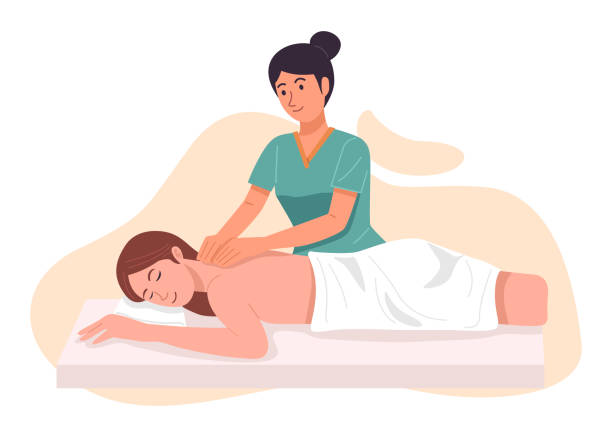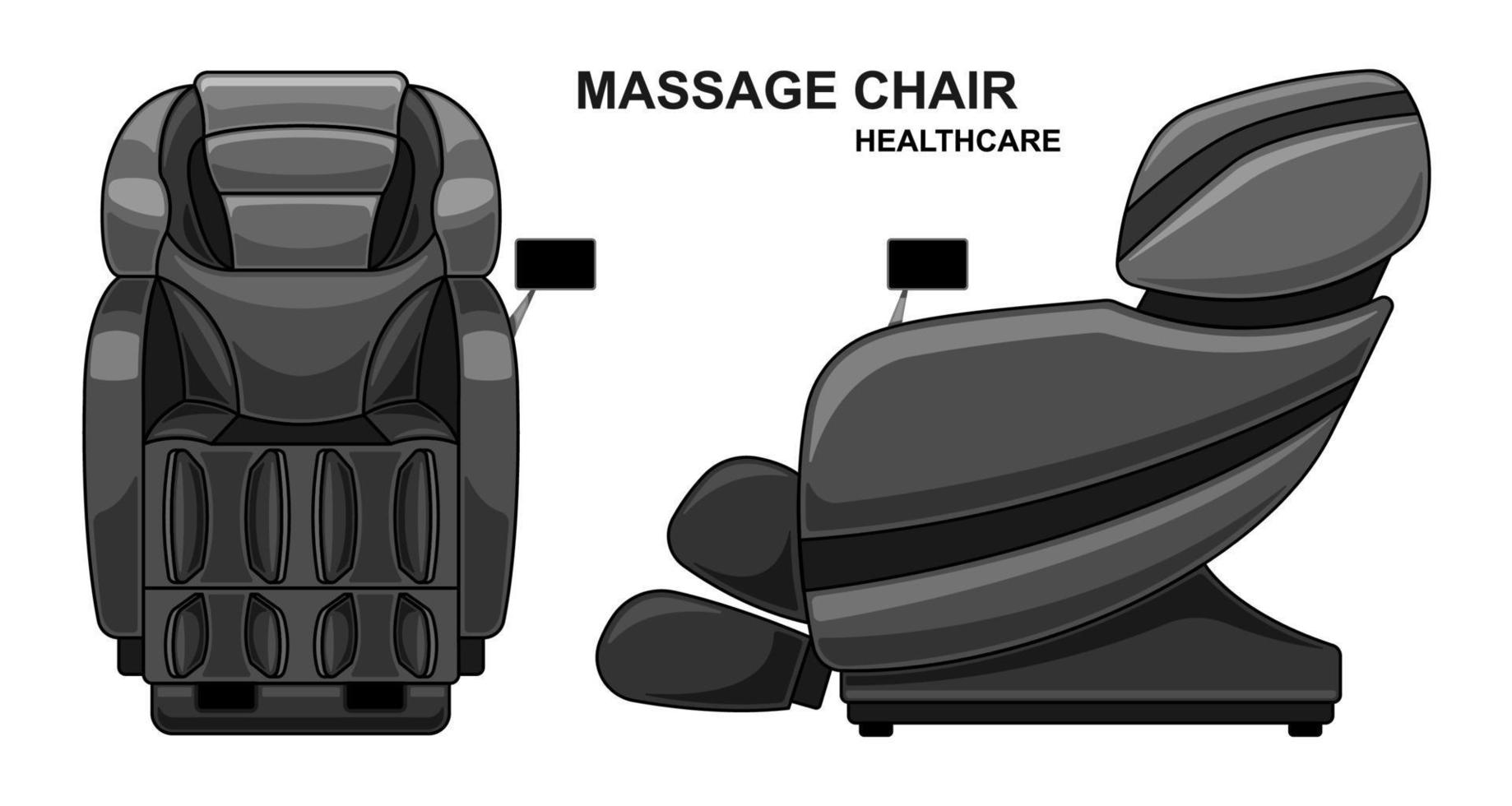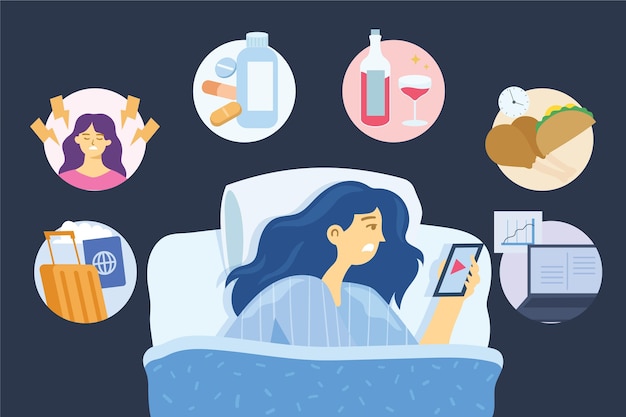In our fast-paced modern lives, a good night's sleep often feels elusive. If you've been tossing and turning, desperately seeking that perfect slumber, the answer might be closer than you think – at your fingertips, quite literally! Let's explore how the soothing power of massage can transform your nights and revolutionize your sleep quality, with a special focus on long-term solutions.
The Science Behind Massage and Sleep
When we talk about massage and sleep, we're delving into the body's fascinating response to touch. Massage triggers a cascade of physiological changes that prepare your body and mind for restful sleep:
- Stress Reduction: Massage lowers cortisol (the stress hormone) levels while increasing serotonin and dopamine (feel-good hormones). Less stress translates to better sleep.
- Pain Relief: By easing muscle tension and promoting blood flow, massage can alleviate physical discomfort that might be keeping you awake.
- Improved Circulation: Better blood flow means more oxygen to your tissues, helping your body relax and prepare for sleep.
-
Melatonin Boost: Some studies suggest that massage can increase the production of melatonin, your body's natural sleep hormone.

Effective Massage Techniques for Better Sleep
Not all massages are created equal when it comes to improving sleep. Here are some techniques proven to be particularly effective:
- Swedish Massage: Known for its gentle, flowing strokes, this technique is perfect for overall relaxation.
- Deep Tissue Massage: Ideal for those with chronic pain interfering with sleep.
- Aromatherapy Massage: Combining touch with calming scents like lavender can enhance sleep-promoting effects.
- Reflexology: Focusing on pressure points in the feet and hands, this technique promotes whole-body relaxation.
DIY Sleep-Enhancing Massage: Techniques You Can Try at Home
Can't make it to a massage therapist? No problem! Self-massage can be an effective way to reap the sleep benefits of massage at home. Try these simple techniques:
-
Foot Massage:
- Spend 5-10 minutes before bed massaging your feet.
- Pay special attention to the arches and heels.
- Use gentle but firm pressure in circular motions.
-
Scalp Massage:
- Use your fingertips to gently massage your scalp in circular motions.
- Start from your hairline and work your way back.
- Pay extra attention to the base of your skull where tension often accumulates.
-
Neck and Shoulder Rub:
- Focus on areas where you tend to hold tension.
- Use your fingertips to apply pressure and make small circular motions.
- Don't forget to massage along your collarbone and the tops of your shoulders.
Remember, consistency is key. Incorporating these self-massage techniques into your nightly routine can significantly improve your sleep quality over time.
The Long-Term Solution: Investing in a Massage Chair
While professional massages and self-massage techniques are excellent for improving sleep quality, there's another option worth considering for those seeking a long-term, convenient solution: investing in a massage chair.
Why Consider a Massage Chair?
- Convenience: Having a massage chair at home means you can enjoy a relaxing massage whenever you need it, without having to schedule appointments or leave your house.
- Consistency: Regular massage is key to maintaining good sleep quality. A massage chair ensures you can stick to a consistent routine easily, even during busy periods or holidays.
- Customization: Many modern massage chairs offer a variety of massage types and intensities, allowing you to tailor your experience to your specific needs.
- Privacy: For those who feel uncomfortable with in-person massages or prefer the comfort of their own home, a massage chair provides a private alternative.
- Multi-user benefit: A massage chair can be used by multiple family members, maximizing its value.

The Cost-Effectiveness of a Massage Chair
While the upfront cost of a massage chair might seem high, it can be a cost-effective solution in the long run, especially given the costs of regular massage therapy:
-
Compare the costs:
- Average cost of a professional massage: $75-$150 per session
- Recommended frequency for sleep benefits: 1-2 times per week
- Yearly cost: $3,900-$15,600
- Quality massage chair cost: $2,000-$5,000 (one-time purchase)
- Lifespan of a good massage chair: 5-10 years
- Cost per year: $200-$1,000
- No ongoing expenses: Unlike regular massage therapy sessions, a massage chair doesn't require ongoing payments after the initial purchase.
- Time and travel savings: Calculate the time spent traveling to and from massage appointments, especially in busy urban areas. With a chair at home, you save this time and the associated travel costs.
- Energy efficiency: Modern massage chairs are designed to be energy-efficient. The cost of running a massage chair is minimal compared to the potential energy costs of frequently heating your home for post-work relaxation.
Choosing the Right Massage Chair for Sleep
When selecting a massage chair to improve your sleep, consider these features:
- Reclining capability: Chairs that recline to a zero-gravity position can enhance relaxation.
- Full-body massage: Look for chairs that cover all major muscle groups.
- Customizable programs: Chairs with pre-set programs for relaxation or sleep preparation can be beneficial.
- Heating function: Heat therapy can enhance muscle relaxation and is particularly soothing during chilly evenings.
- Adjustable intensity: This allows you to tailor the massage strength to your preference.
- Space-saving design: Consider compact or wall-hugging designs if space is a concern.
Regulations and Warranty
When purchasing a massage chair, keep in mind:
- Safety Standards: Ensure the chair meets the safety standards of your country or region.
- Warranty: Check for a comprehensive warranty. Many reputable retailers offer 2-5 year warranties on massage chairs.
- After-sales service: Choose a brand with good customer support and readily available spare parts in your area.
Maximizing the Benefits: Creating a Sleep-Friendly Environment
While massage can work wonders for your sleep, it's most effective when combined with good sleep hygiene. Here are some tips to create the perfect sleep environment:
- Stick to a Schedule: Try to go to bed and wake up at the same time every day, even on weekends.
- Create a Relaxing Bedtime Routine: This could include a warm bath, light stretching, or a bit of self-massage. Maybe even a relaxing massage chair session!
- Optimize Your Sleep Space: Keep your bedroom cool (around 65°F or 18°C), dark, and quiet. Think of it as creating your personal sleep sanctuary.
- Limit Screen Time: The blue light from devices can interfere with your sleep cycle. Try to avoid screens for at least an hour before bed.

Incorporating Massage into Your Lifestyle
To maximize the benefits of massage for sleep, whether through professional treatments, self-massage, or a massage chair:
- Use it consistently, ideally 30-60 minutes before bedtime.
- Start with a full-body massage to release overall tension accumulated from your day.
- Focus on areas where you hold stress, like the neck and shoulders.
- End with a gentle, relaxing program to prepare your body for sleep.
- Follow your massage with other sleep-promoting activities, like a warm cup of herbal tea or a few minutes of mindfulness meditation.
The Long-Term Benefits of Massage for Sleep
Incorporating regular massage into your life doesn't just improve your sleep in the short term. Over time, better sleep can lead to a host of health benefits:
- Improved immune function
- Better cognitive performance and memory consolidation
- Enhanced mood and emotional regulation
- Reduced risk of chronic diseases like heart disease and diabetes
- Increased longevity and overall quality of life
When to Seek Professional Help
While massage can be a powerful tool for improving sleep, it's important to know when to seek professional help. If you're experiencing persistent sleep issues, consider consulting with a healthcare provider or a sleep specialist. They can help rule out any underlying conditions and may even recommend massage therapy as part of your treatment plan.
Conclusion: Embrace the Massage and Sleep Connection
So, does massage improve sleep? The evidence resoundingly suggests so! From reducing stress and pain to promoting relaxation and melatonin production, massage offers a natural, enjoyable way to enhance your sleep quality. Whether you opt for professional treatments, incorporate self-massage into your routine, or invest in a massage chair, you're taking a positive step towards better nights and brighter days.
Remember, good sleep is not a luxury – it's a necessity for your health and well-being. Improving your sleep through massage could be your ticket to better overall wellness. So why not give it a try? Your body (and your alarm clock) will thank you!
Have you tried incorporating massage into your sleep routine? Share your experiences in the comments below!

